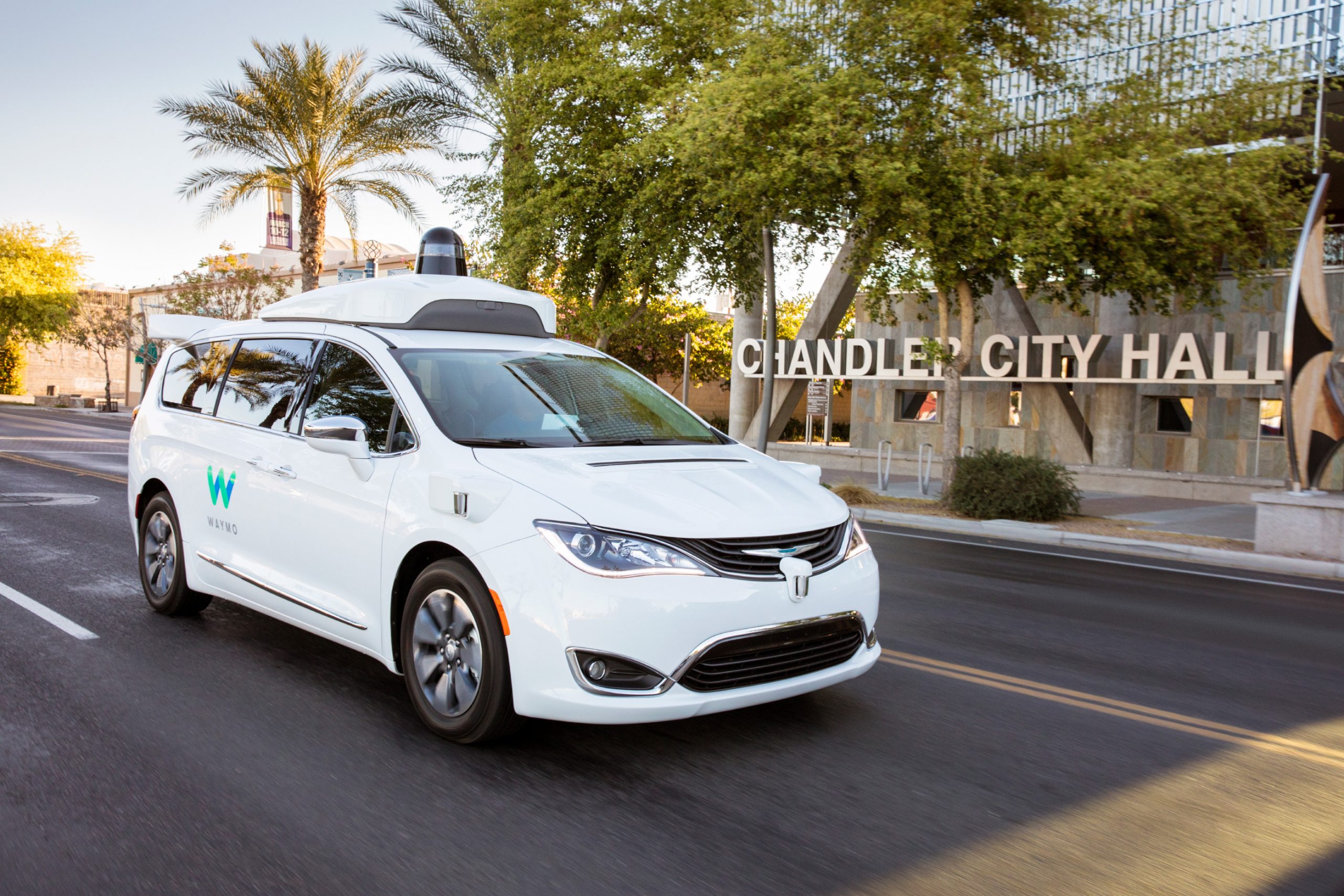Two years after the Alphabet-owned Waymo launched a limited self-driving taxi service in the Metro Phoenix, Arizona, area (and two years after people started attacking the autonomous cars), the company has kicked off a fully driverless car service in and around Phoenix. Whereas in 2018 passengers would be assuaged by the site of a human in the driver seat, ready to take over in case of an emergency, the newly retooled robot taxi service lacks those human attendants.
As Ars Technica notes, this is two years behind schedule for the autonomous mobility company, who initially promised a driverless taxi experience at the end of 2018. Efficacy of self-driving car claims aside, that was the same year that Uber had to suspend its own self-driving car testing in Arizona after one of their test cars (with attendant at the wheel) hit and killed a pedestrian. What did launch in 2018 was the aforementioned Waymo One service, which was only available to research testers previously enrolled with Waymo.
So the technology wasn’t there yet, but it appears Waymo is more confident this time around. Currently this option is still only available to Waymo One early adopter, but as Reuters noted, the company will release an app in the next few weeks to open the service to the public. The initial rollout will keep within the 50-square-mile area established during testing, covering the Phoenix suburbs of Tempe, Chandler, and Mesa. After the app launches, the company plans to eventually double coverage to a 100-square-mile area.
If all goes well, Waymo eventually wants to expand nationwide—Arizona was an ideal testbed thanks to its AV testing-friendly state laws—and the move to attendant-free cars is a big step forward for the project’s scalability (and profitability). However, it’s important to note that human safety overrides are still in place; as Ars Technica found out from Waymo, if an autonomous taxi detects a problem, it can flag a remote human operator to take over. A single operator would be responsible for managing three-to-four cars at a time, and as the operation scales, potentially up to a dozen.
Although Waymo is confident enough to deploy autonomous taxis around Phoenix, it remains to be seen whether the concept can work in more crowded metro areas. Traffic, jaywalkers, extreme weather conditions, and general human unpredictability will all need to be accounted for on a magnitude unseen in Arizona, but the sensor data accrued by this launch could act as a launching pad for other states. Still, with the coronavirus pandemic ongoing and fears over public human contact running high (and public transit revenue crashing accordingly), the allure of a chartering a taxi without a stranger driving it is probably higher than ever.
Top image: Waymo’s autonomous Chrysler Pacifica Hybrid minivan in Chandler, Arizona. (Courtesy Waymo)
